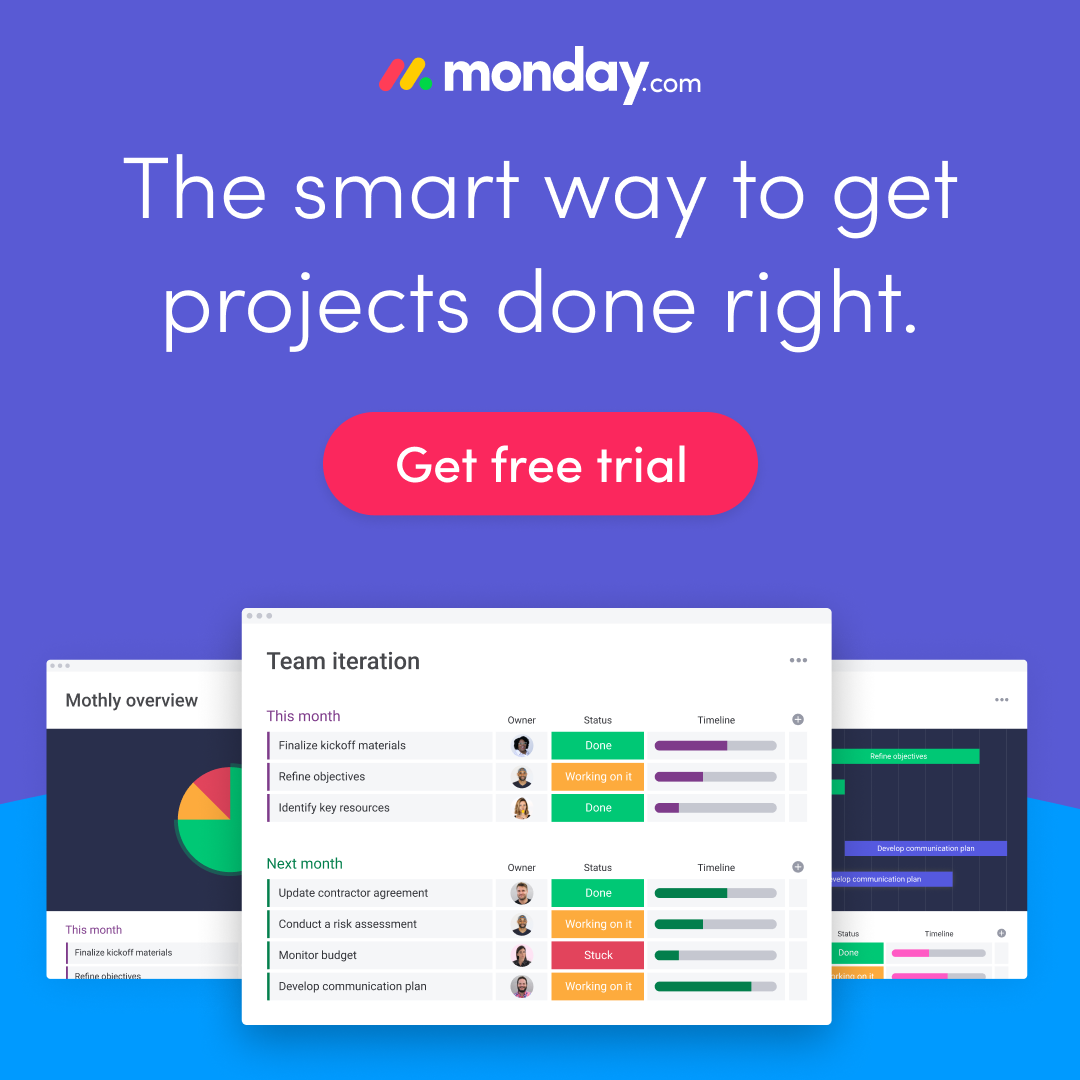Did you hear the news? This week, Microsoft announced at Microsoft Ignite that they have created a new unified experience to bring together to-dos, tasks, plans and projects, all within the new Microsoft Planner.
According to the blog post linked above, “the average employee spends the bulk of their time – more than 57% – communicating, when they could be focused on driving outcomes.” Further, “59% of employees say their collaboration tools are not aligned with how their teams prefer to work.” 70% of survey respondents would love to offload as much work as they can to AI.
The new Microsoft Planner will enable you to manage all your tasks and plans in a familiar interface that provides an ease of use in managing tasks small and large, from individual task management to team initiatives to full-scale project management. Take advantage of the simplicity of Microsoft To Do, the collaboration of Microsoft Planner, the project management power of Microsoft Project for the web, and Microsoft’s AI solution, Copilot, all in an easily scalable modern tool that will empower all members of your team to manage their work in a single place and improve business outcomes.
The team at Innovative-e is incredibly excited about the new Microsoft Planner and feel it has the potential to enable our customers to significantly enhance their project outcomes. Besides being easy to use, which supports the democratization of project management and work in today’s business environment, the new Planner will afford its users the following:
- Integration of Tools and AI Assistance: The promise of integrating Microsoft To Do, Planner, Microsoft Project, and AI with Copilot within a single platform aligns with the need for seamless, intelligent, and efficient work management. For project managers, including “casual project managers,” this consolidation means fewer fragmented tools and an AI-assisted environment that aids in keeping focus, streamlining tasks, and maximizing productivity.
- Task Management Efficiency: Offering a simplified yet comprehensive view across Microsoft 365 applications will enable users to manage tasks effectively at both individual and team levels, with the ability to access Recent, Shared, and Personal plans within a unified interface, as well as the option to customize task views through boards, lists, timelines, and sprints.
- Scalability and Adaptability: With configurable options and integrations with Power Platform tools like Power BI and Power Automate, the new Planner can adapt to diverse organizational needs. This adaptability enables custom reporting, workflows, and higher-level visibility across initiatives.
- AI-Driven Insights and Assistance: The integration of AI with Microsoft’s Copilot, is a game-changer for project management and work. Natural language prompts and AI-driven support will aid in generating plans, setting goals, tracking progress, and more. This level of AI assistance can significantly reduce the time spent on routine tasks, allowing project managers to focus on strategic project elements that impace overall project outcomes.
- Enhanced Integration with Microsoft 365 Experiences: Integration with various app experiences like Loop, Outlook, Viva Goals, Microsoft Teams and Teams4PM ensures that users remain in their workflow while accessing Planner features. This seamless integration allows for smoother collaboration, ensuring that information and tasks from different platforms are readily accessible within the Planner interface.
At our November 2023 webinar, “Optimize AI and Automation for Project Success Now” (which you can view on-demand here), we noted three critical truths about project management and work that can drastically affect project outcomes:
- People will use different tools to manage projects and work.
- Centering collaboration for people, applications and data will help you pull together the elements necessary for successful project outcomes.
- We need to reduce the distance between the work being done and the tools governing it.
The new Microsoft Planner combines multiple tools to facilitate greater productivity and better team collaboration.
In Spring 2024, the new Planner app will be available in Microsoft Teams; later in the year, a web experience will be available. Sign up to learn when the new Planner is available as a preview.
To learn more:
- Watch the on-demand Microsoft Ignite session: The new Microsoft Planner: Bring together to-dos, plans and projects
- Explore product demos
- Download the new Microsoft Planner datasheet
- Meet the new Microsoft Planner






















